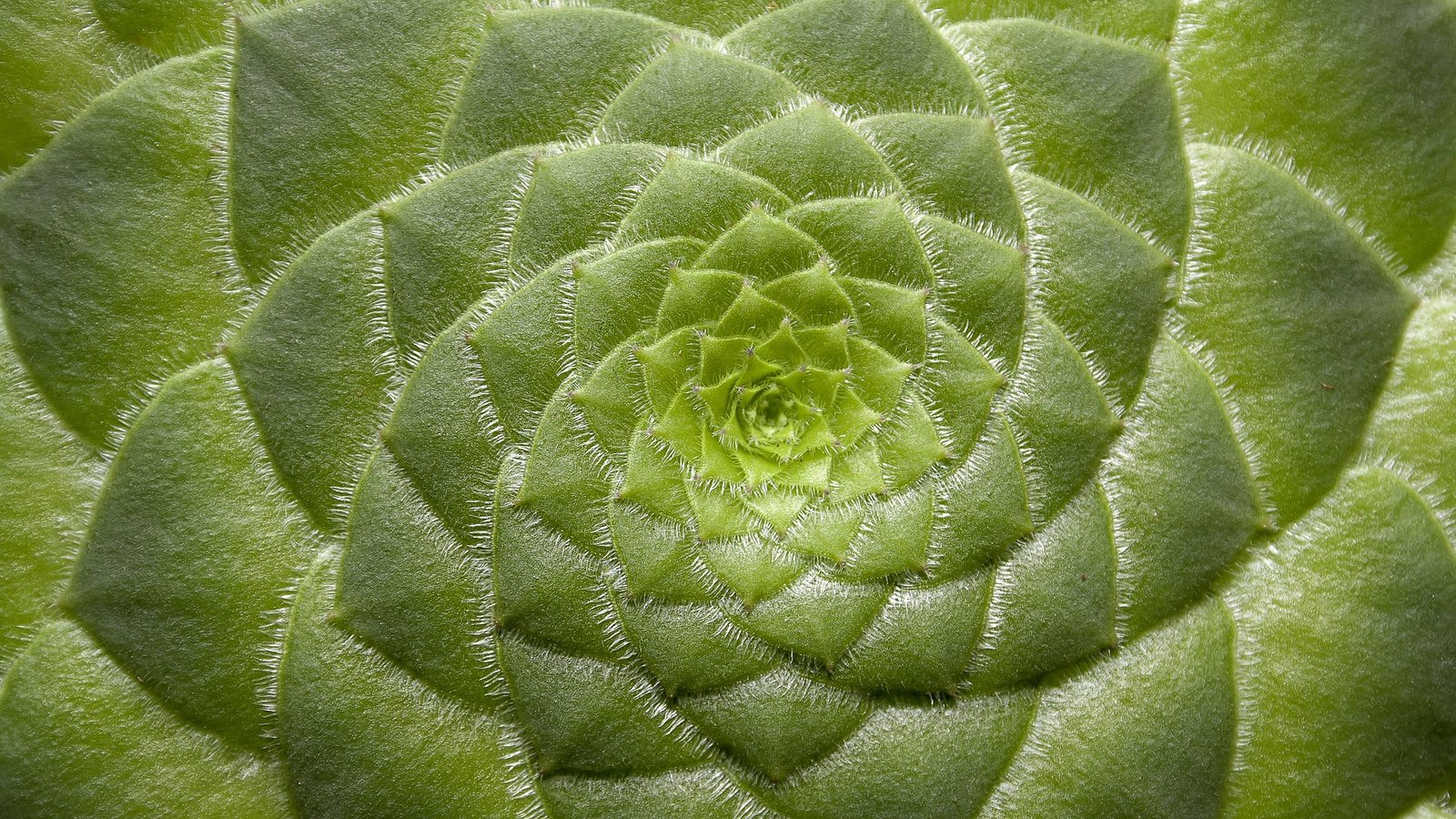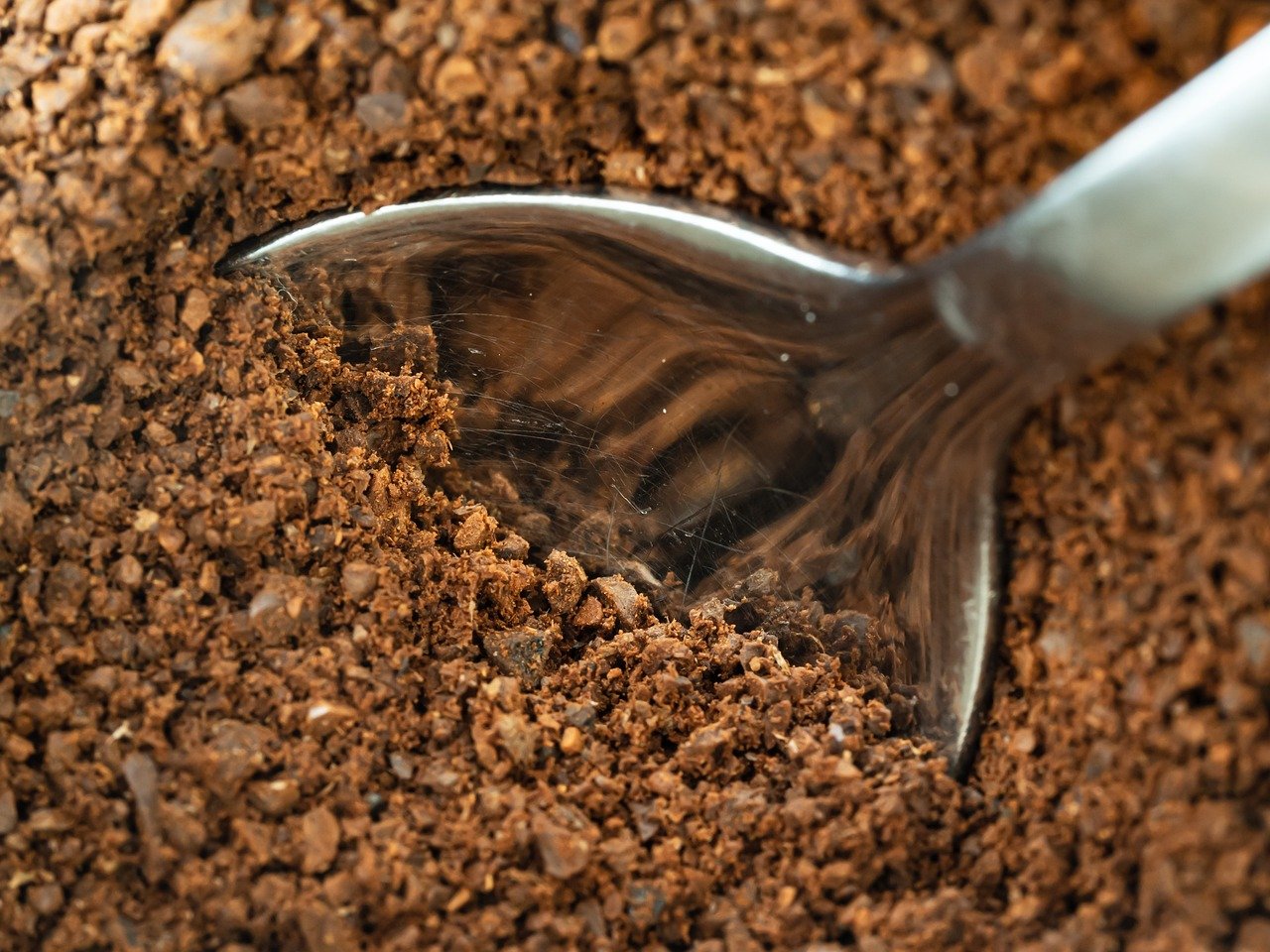The Allure of Succulents as Indoor Greenery
With their distinctive aesthetics and minimal care requirements, succulents have become a prominent feature in the world of indoor plants. Their ability to store water in their fleshy leaves enables them to flourish in dry conditions, making them an ideal choice for those who value effortless beauty.
The use of coffee grounds for succulents has further enhanced their appeal, providing essential nutrients while maintaining their low-maintenance nature. The increasing popularity of succulents, coupled with the innovative use of coffee grounds, has led to their inclusion in a range of indoor settings, from terrariums to dish gardens, infusing modern living spaces with a vibrant touch of green.
The Unconventional Fertilizer: Coffee Grounds
In the world of succulent care, coffee grounds have emerged as a potential alternative to traditional fertilizers. Rich in nitrogen, potassium, and phosphorus, coffee grounds provide essential nutrients that succulents need to flourish. Moreover, they enhance soil structure and drainage, a crucial aspect for succulents that are susceptible to root rot. However, moderation is key when using coffee grounds as fertilizer, as an excess can be detrimental to these resilient plants.
Embracing the Benefits
The Nutritional Profile of Coffee Grounds
Coffee grounds are a nutrient powerhouse for succulents. They are rich in nitrogen, vital for leaf growth, potassium, crucial for root development, and phosphorus, essential for the production of flowers and fruits.
Enhancing Soil Structure and Drainage with Coffee Grounds
Beyond their nutritional benefits, coffee grounds can significantly improve soil structure and drainage. Their coarse texture aids in loosening the soil, promoting water flow and aeration, both of which are vital for preventing root rot in succulents.
Pest Control and Other Benefits
Coffee grounds can also serve as a natural pest deterrent. Their strong aroma can repel pests such as slugs and snails that pose a threat to succulents. Additionally, coffee grounds have antifungal properties that can prevent the growth of mould and mildew. However, it’s crucial to use only cold coffee grounds, as they contain less caffeine, which can be harmful to plants.

The Art of Applying Coffee Grounds to Succulents
To use coffee grounds as a fertilizer for your succulent, you’ll need the following:
– A succulent plant
– Cold coffee grounds
– Soil or potting mix
– A small container or tray
– A spoon or trowel
Here’s how to do it:
1. Collect cold coffee grounds. Avoid using hot or used coffee grounds as they may contain high levels of caffeine, which can be toxic to plants.
2. Incorporate a small quantity of coffee grounds into your succulent’s soil. A good rule of thumb is to use about 1/4 cup of coffee grounds per gallon of soil. You can also mix the coffee grounds into the top inch of soil.
3. After adding the coffee grounds, water the soil thoroughly. This activates the nutrients and prevents mould growth.
4. Repeat this process every 4-6 weeks, as needed.
The Flip Side of Using Coffee Grounds
While coffee grounds can be beneficial, it’s important to remember that over-fertilization can harm succulents. Start with a small quantity and monitor your plant’s growth and appearance. If you notice any signs of distress, such as wilting or colour change, reduce the quantity of coffee grounds or stop using them. Also, ensure the soil is dry before and after application to prevent mould growth.
Coffee Grounds and Succulents: A Match Made in Horticulture
Using coffee grounds on succulents can provide them with essential nutrients and improve soil structure. However, moderation is key. Monitor your plant’s growth and appearance, and adjust the quantity of coffee grounds accordingly.
Plants That Don’t Appreciate Coffee Grounds
While many plants benefit from coffee grounds, some don’t. Acid-loving plants like azaleas, gardenias, and blueberries, for instance, may not thrive with coffee grounds as they prefer more acidic soil. Seedlings may find the coarse texture of coffee grounds inhibitive to their growth. Ferns, tomatoes, and irises also fall into the category of plants that may not respond well to coffee grounds due to their specific pH preferences.
Eggshells: A Succulent’s Friend?
Interestingly, succulents can also benefit from the addition of crushed eggshells to their soil. Eggshells are a rich source of calcium, an essential nutrient for plant growth. They can also enhance soil structure and drainage. To use eggshells, crush them into small pieces or dry and powder them before adding to the soil. Whether used as a soil amendment before planting or as a top dressing around the plant, eggshells can be a beneficial addition to your succulent care routine.

Potential Downsides
It’s important to remember that too much fertilizer can hurt succulents, so you should only use coffee grounds in small amounts. Start with a small amount and keep an eye on how the plant grows and looks. If you see signs of trouble, like wilting or changing colour, cut back on the amount of coffee grounds you use or stop using them altogether.
Also, make sure the soil is dry before and after you add the coffee grounds to prevent mould from growing. The ground should be moist but not soaked.
In general, coffee grounds can be a great fertilizer for succulents, but it’s important to use them correctly and in moderation to avoid any problems.
Coffee Grounds On Succulents.
Using coffee grounds on succulents is a great way to give them important nutrients and improve the structure of the soil. The nitrogen, potassium, and phosphorus in coffee grounds are important for healthy growth.
Also, coffee grounds can improve the structure and drainage of the soil, so they could be used instead of traditional fertilizers. Using used coffee grounds could also help keep pests away.
But you should only use coffee grounds in small amounts, because too much fertilizer can hurt succulents. Start with a small amount and keep an eye on how the plant grows and looks. If you see signs of trouble, like wilting or changing colour, cut back on the amount of coffee grounds you use or stop using them altogether.
Which Plants Do Not Like Coffee Grounds?
While coffee grounds can be beneficial for many plants, there are some plants that do not tolerate them well.
Here are a few examples:Acid-loving plants: Plants such as azaleas, gardenias, and blueberries prefer a more acidic soil, and coffee grounds can make the soil too alkaline for them.Seedlings: Coffee grounds can be too coarse for seedlings and can inhibit their growth.
Ferns: Ferns prefer a more neutral pH and coffee grounds can make the soil too acidic for them.Tomatoes: Tomatoes are sensitive to high levels of acidity, so too much coffee grounds can be harmful to them.Iris: Iris are sensitive to coffee grounds, so it’s better to avoid using coffee grounds on them.
It’s always a good idea to research the specific needs of the plants you are growing, and make sure the pH level of the soil is suitable for them before adding any type of fertilizer or amendment.
Can I Use Coffee Grounds to Help My Echeveria Blue Prince Succulent Thrive?
Coffee grounds can indeed benefit your Echeveria Blue Prince succulent. By incorporating coffee grounds into the soil mix, you provide the plant with essential nutrients like nitrogen and trace minerals. This helps improve the overall health and growth of your succulent. Remember to follow proper echeveria blue prince care tips to ensure its thriving success.
Lesser-Known Facts about Using Coffee Grounds for Succulents
The Role of Beneficial Microorganisms Present in Composted Used Coffee Grounds
How Certain Compounds in Brewed, Cooled-Down Black Tea Can Also Benefit Succulents
In Conclusion
The world of succulent care is full of creative and unconventional methods. From coffee grounds to eggshells, these natural fertilizers can help your succulents thrive while adding a touch of green to your indoor spaces.

FAQ
Q1: Why are succulents popular as houseplants?
A1: Succulents are popular as houseplants due to their unique aesthetics and low-maintenance nature. Their ability to store water in their fleshy leaves allows them to thrive in arid conditions, making them an ideal choice for indoor settings.
Q2: Can coffee grounds be used as a fertilizer for succulents?
A2: Yes, coffee grounds can be used as a fertilizer for succulents. They are rich in nitrogen, potassium, and phosphorus, which are essential nutrients for plant growth. However, they should be used in moderation to avoid over-fertilization.
Q3: How can coffee grounds improve soil structure and drainage?
A3: The coarse texture of coffee grounds can help loosen the soil, promoting better water flow and aeration. This is particularly beneficial for succulents, which are prone to root rot if the soil is not well-drained.
Q4: Are there any plants that do not tolerate coffee grounds well?
A4: Yes, some plants such as azaleas, gardenias, blueberries, seedlings, ferns, tomatoes, and irises may not respond well to coffee grounds due to their specific soil pH preferences and growth requirements.
Q5: Can eggshells be beneficial for succulents?
A5: Yes, crushed eggshells can be beneficial for succulents. They are a good source of calcium, an essential nutrient for plant growth, and can also improve soil structure and drainage.

